DESCRIPTION
The Supermarine Spitfire is a British single-seat fighter aircraft used by the Royal Air Force and other Allied countries before, during, and after World War II. Many variants of the Spitfire were built, from the Mk 1 to the Rolls-Royce Griffon engined Mk 24 using several wing configurations and guns. It was the only British fighter produced continuously throughout the war. The Spitfire was designed as a short-range, high-performance interceptor aircraft by R. J. Mitchell, chief designer at Supermarine Aviation Works, which operated as a subsidiary of Vickers-Armstrong from 1928. Mitchell developed the Spitfire's distinctive elliptical wing with innovative sunken rivets (designed by Beverley Shenstone) to have the thinnest possible cross-section, achieving a potential top speed greater than that of several contemporary fighter aircraft, including the Hawker Hurricane. Mitchell continued to refine the design until his death in 1937, whereupon his colleague Joseph Smith took over as chief designer, overseeing the Spitfire's development through many variants.
About the variant (Mk.Vb/Type 349)
A constant flow of modifications were made as production progressed. A "blown" cockpit hood, manufactured by Malcolm, was introduced in an effort to further increase the pilot's head-room and visibility. Many mid to late production Vbs – and all Vcs – used the modified, improved windscreen assembly with the integral bullet resistant centre panel and flat side screens introduced with the Mk III. Because the rear frame of this windscreen was taller than that of the earlier model the cockpit hoods were not interchangeable and could be distinguished by the wider rear framing on the hood used with the late-style windscreen.
(from Wikipedia)
CONTROLS
Trim : Flaps
Roll : Taxiing
Specifications
Spotlights
- Bryan5 1.9 years ago
General Characteristics
- Created On Android
- Wingspan 35.2ft (10.7m)
- Length 30.0ft (9.2m)
- Height 10.2ft (3.1m)
- Empty Weight 6,755lbs (3,064kg)
- Loaded Weight 7,631lbs (3,461kg)
Performance
- Horse Power/Weight Ratio 0.207
- Wing Loading 19.1lbs/ft2 (93.2kg/m2)
- Wing Area 399.6ft2 (37.1m2)
- Drag Points 1182
Parts
- Number of Parts 129
- Control Surfaces 7
- Performance Cost 577

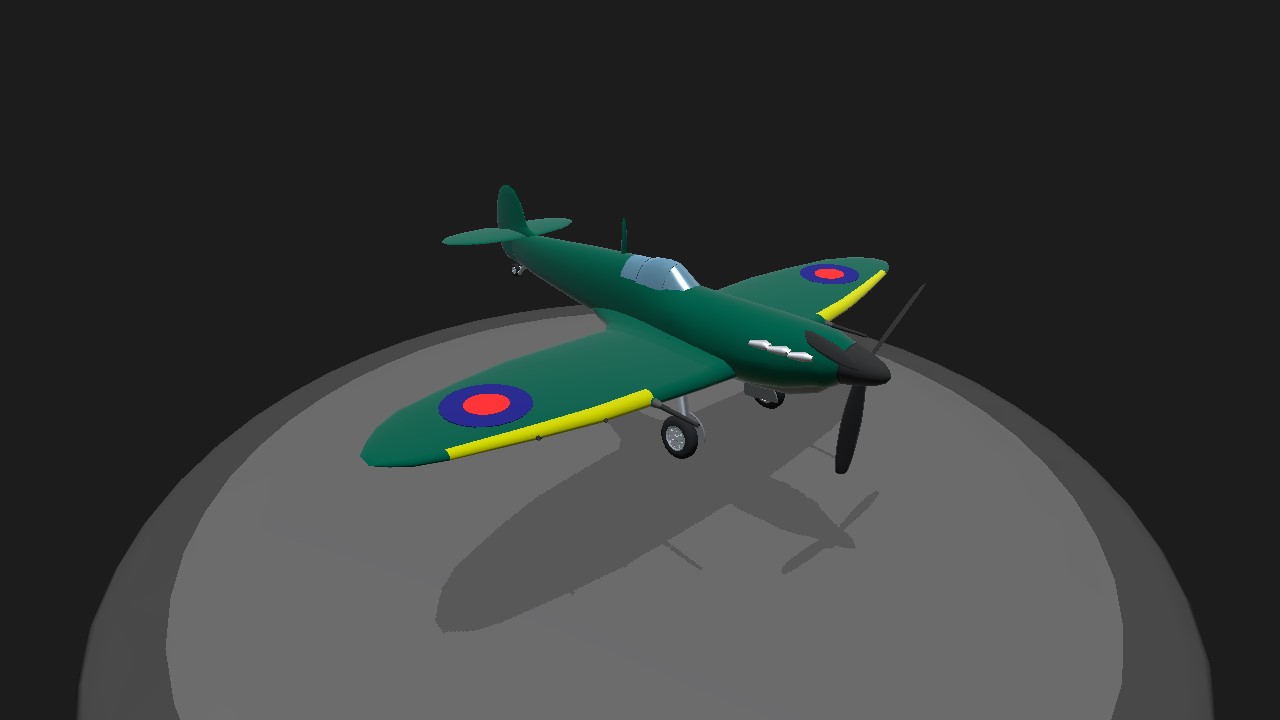
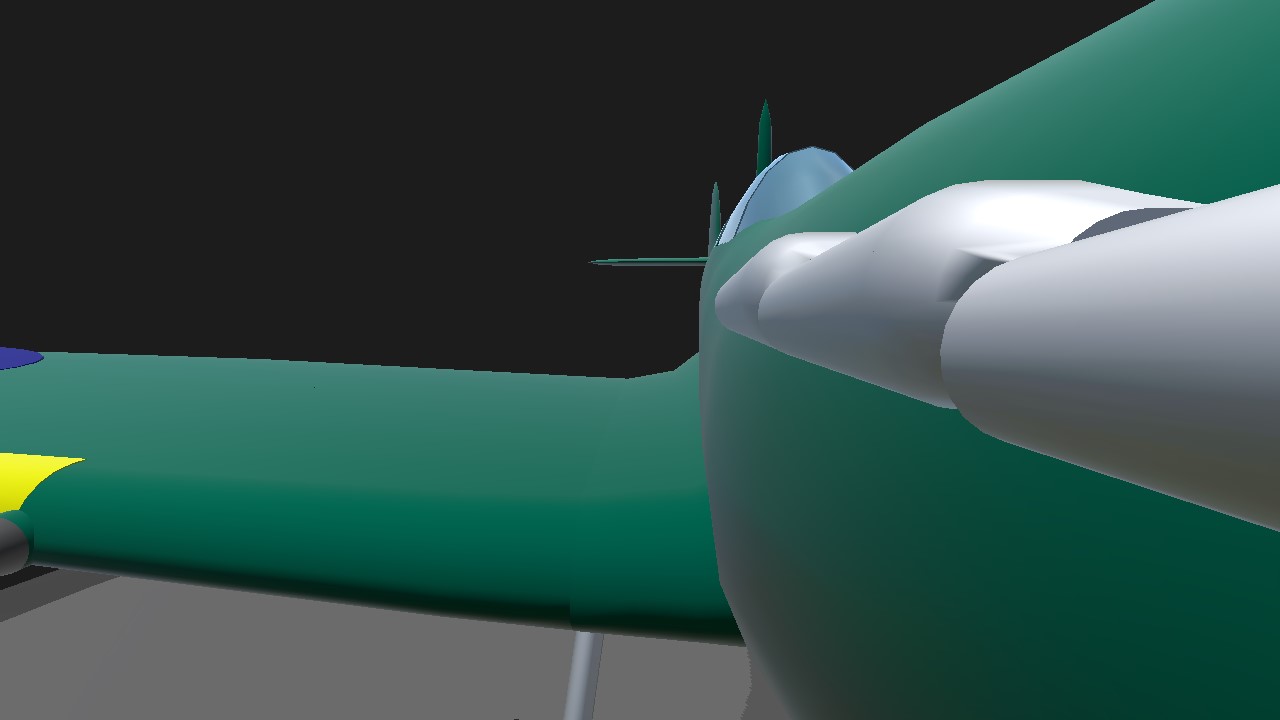
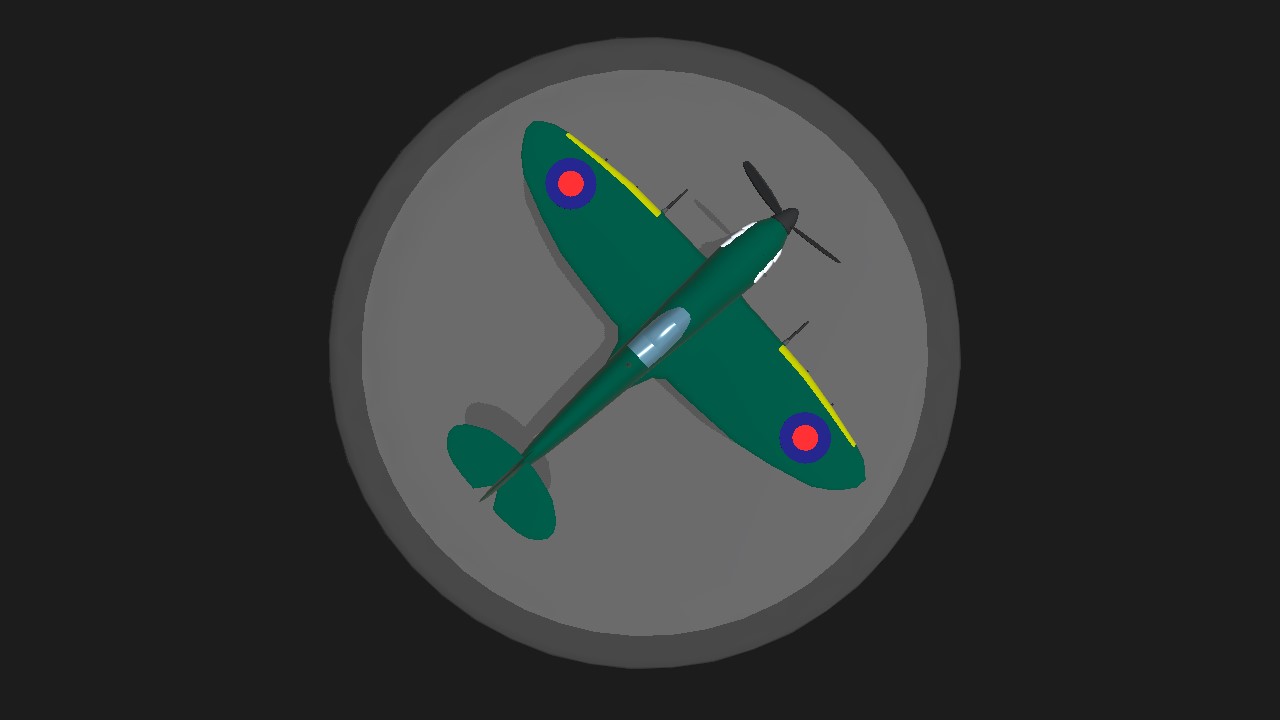

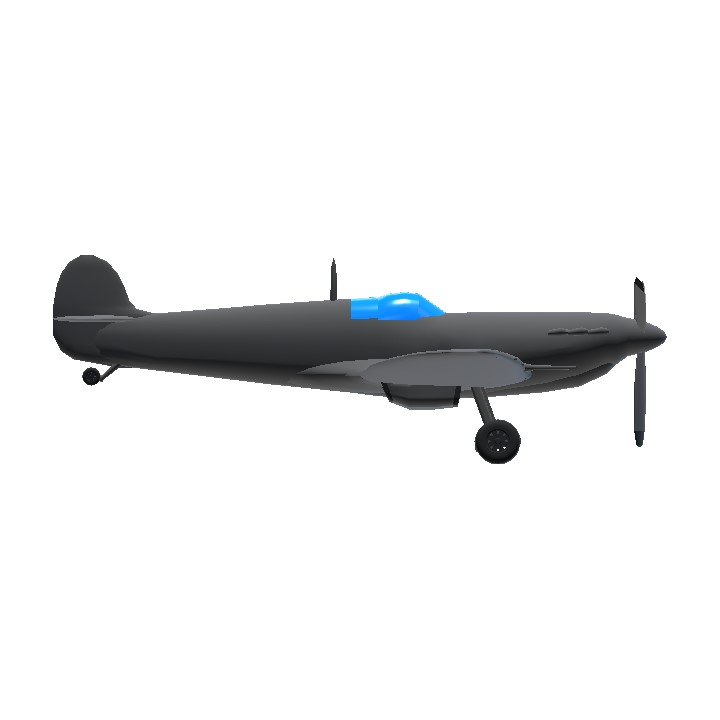
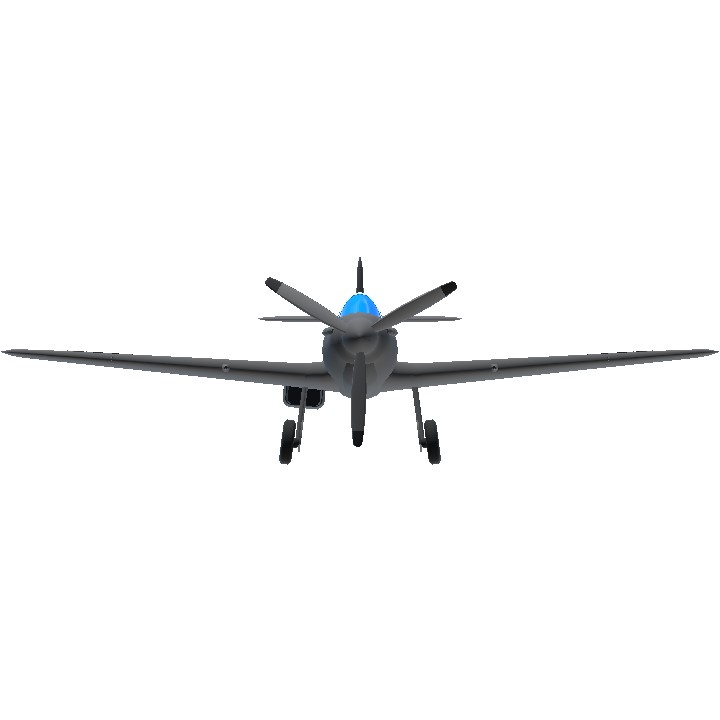
Nice One